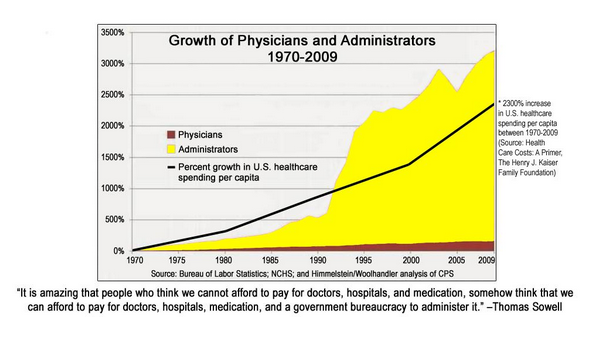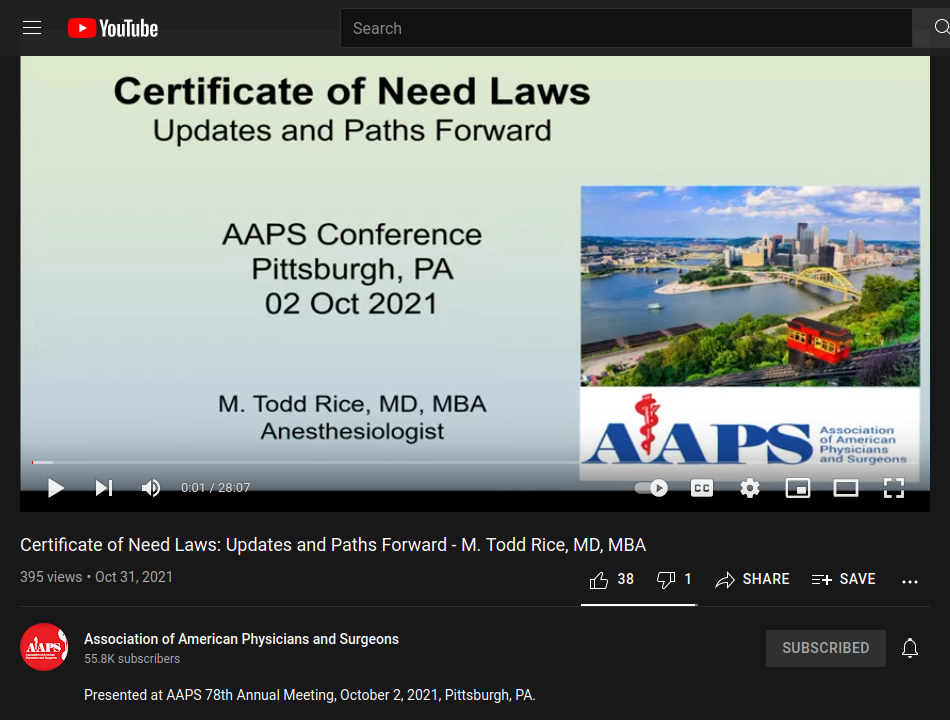As an anesthesiologist, and a proponent of free markets, I’ve been interested in ways to promote and join transparent and low-cost health services movements for a number of years. Direct Primary Care (DPC), and transparently priced surgery centers, like Surgery Center of Oklahoma (SCO), are making great strides to increase competition, drive down costs for patients, and offer improved quality and service.
Organizations like the Association of American Physicians and Surgeons (AAPS), and the Free Market Medicine Association (FMMA), are on the forefront of promoting the physician-patient relationship while stripping out the low- and non-value bureaucracies inherent in government and most corporate institutions (e.g. the administrative burdens of insurance companies, Medicare, large health care entities that buy up and impede smaller practices while the patients’ bills keep rising at rates far exceeding general inflation).
One particular barrier to competition in health care markets is Certificate of Need Laws. AAPS held its annual conference this past month, this year in Pittsburgh, PA. I was asked to offer a 30-minute presentation on the topic, which I’ll link to here. (I’m a little slow on my presentation style, and if you choose to listen, I’d recommend adjusting the playback speed to at least 1.2X.)
ADDENDUM: In the presentation, I mention the Foundation for Economic Education’s (FEE) chart that tracked the growth of physicians versus administrators. Its original source was from the Kaiser Family Foundation. I’ve seen sites that have argued the administrator growth rate is probably closer to 800%, and justified in our era of technology. I wouldn’t expend my energy opposing the former claim, but definitely disagree on any valid justification. Certainly, the rise in health care costs and insurance premiums make their own argument.


